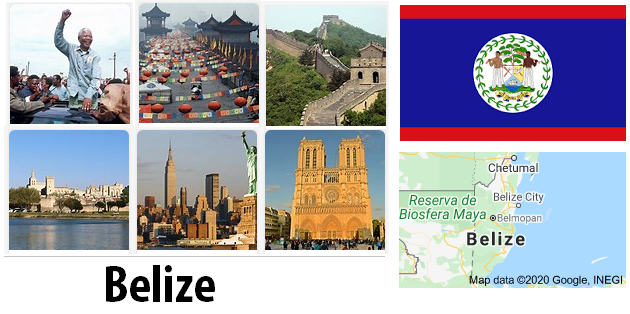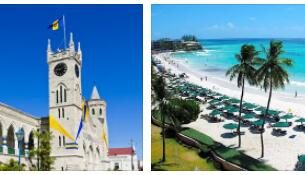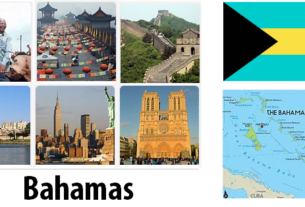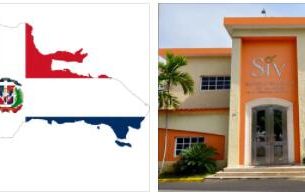The first the inhabitants of this territory were the Maya and for many years they were the undisputed lords, until in 1682 English populations arrived, with their following of black slaves taken from Jamaica, who occupied it as a British Crown colony, and as such was maintained, under the jurisdiction of Jamaica, until 1884. See Countryaah for population and country facts about Belize.
But the country had previously known the hand of pirates and a buccaneer named Wallace had founded a city he called Belize, which was continually at war with the Yucatan captaincy general, thus reaching the beginning of the 18th century.
Three treaties were necessary for Spain to grant England permission to cut, load and transport wood from the Hondo River to Sibun, south of Belize. They were stipulated: the first in Paris in February 1763, and two in Versailles
in September 1783 and September 1786. Then there were other treaties in 1826, 1893 and 1897, which decreed the recognition of Belize as an English colony by Mexico, and two others in 1859 and 1893 for the same thing to be approved in Guatemala.
Under the guidance of British technical experts, the colony recorded continuous economic progress, with abundant timber production and the development of cotton, sugar cane, tobacco and cedar crops, as well as the exploitation of oil fields.
In 1938 a commission of technicians visited the colony and had a plant built there with machinery suitable for the extraction of starch from cassava; this was the only such facility in the British Empire outside of Malaysia.
Then the Second World War made the transport of goods very difficult and the economy suffered greatly. To all these difficulties was added in 1941 a hurricane that completely destroyed citrus crops.
In 1946 he participated in the Conference of the Caribbean Sea Nations, held in Virgin Island, with his own delegates and in 1947 he
was part of a commission created to study the economic potential to be developed for himself and for British Guyana.
But another more important issue had been on the table since 1939 with Guatemala claiming sovereign rights over the colony. The crisis worsened in 1945 and in 1948 had become quite serious.
In 1954 there was a constitutional reform whereby while the British Governor managed the executive power, the legislative one was entrusted to 15 members, 9 elected and 6 appointed. And while Guatemala continued to support its claims, Belize instead imposed its policy to achieve complete independence.
In fact, following a fruitful work done by the United People’s Party (PUP), the majority party, he won the elections twice: in 1954 and 1957.
London, however, did not support these aspirations and with the help of the minority party, which instead wanted to participate in the Caribbean Federation, grafted nationalistic ferments that caused anti-British agitations of the PUP. And since the PUP’s tendencies were clearly leftist, all its maneuvers were viewed with suspicion even by the United States which, being the largest importers of the colony’s products, could have created enormous hardships for the economy.
Meanwhile, in 1970 the government moved to the city of Balmopan, inland, founded following the ruinous cyclone of October 1961, which had devastated the territory widely.




